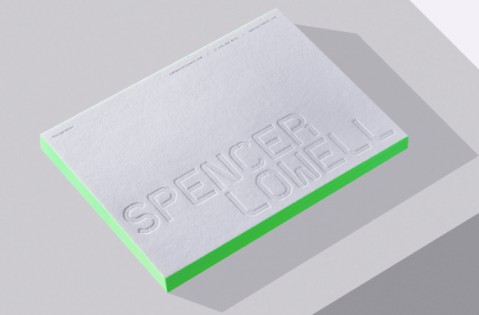DIGITAL PRINTING OR OFFSET PRINTING: WHICH SHOULD YOU CHOOSE?

When beginning a printing project, the choice between digital and traditional offset presses can seem daunting. Each option has its own set of considerations, from cost and quality to turnaround time and customization. Let’s take a closer look at both methods to help you make an informed decision that aligns with your project needs and goals.
1. COST
When it comes to budget, the size of your print run matters. For short runs (under 500 pieces), digital printing often wins out due to no setup costs. Offset printing requires metal plates and “make-ready time,” which adds to upfront costs even for small runs.
However, for larger runs, offset printing tends to be cheaper per piece, as costs decrease with volume. Digital printing maintains the same price per piece regardless of quantity.
2. TURNAROUND TIME
When it comes to how quickly you get your prints, digital printing is faster. Offset printing needs time to make plates and warm up the machine, so if you’re in a hurry, digital is the way to go.
3. PERSONALIZATION
Digital printing is great for personalization. It can customize each print for the person getting it. But offset printing, which uses plates, makes every copy the same.
4. SIZE
Digital printers can handle paper up to a certain size, typically around 19 to 29 inches. On the other hand, offset presses can manage larger sheets, up to 40 inches. This means if you’re working on a really big project, like something oversized, you might need to go with offset printing because digital presses have limits on how large they can go.
5. INK CHOICES
Offset printing is great for getting exact colors like those in the Pantone Matching System (PMS), metallic, fluorescent, and special coatings like soft touch. Digital printing, on the other hand, can’t perfectly match PMS colors, but it can come close by mixing cyan, magenta, yellow, and black inks (CMYK).
6. PAPER CHOICES
Both types of presses have their paper preferences. Digital presses might find it difficult to handle special papers, textures, or very thick papers.
7. QUALITY
Modern digital printers can produce prints that look just as good as those from offset presses. If you need absolute perfection and have the budget for it, offset printing might be the way to go. But if you’re looking to save some money and still get good quality, digital printing is a solid choice.
One Step Print has been doing both offset and digital printing for a long time. If you’re not sure which one to choose, our team can help. We’re experts and we have special tools to help you decide. Many of our customers use both offset and digital printing depending on what they need for each project.
Recent Posts
DIGITAL PRINTING OR OFFSET PRINTING: WHICH SHOULD YOU CHOOSE?

When beginning a printing project, the choice between digital and traditional offset presses can seem daunting. Each option has its own set of considerations, from cost and quality to turnaround time and customization. Let’s take a closer look at both methods to help you make an informed decision that aligns with your project needs and goals.
1. COST
When it comes to budget, the size of your print run matters. For short runs (under 500 pieces), digital printing often wins out due to no setup costs. Offset printing requires metal plates and “make-ready time,” which adds to upfront costs even for small runs.
However, for larger runs, offset printing tends to be cheaper per piece, as costs decrease with volume. Digital printing maintains the same price per piece regardless of quantity.
2. TURNAROUND TIME
When it comes to how quickly you get your prints, digital printing is faster. Offset printing needs time to make plates and warm up the machine, so if you’re in a hurry, digital is the way to go.
3. PERSONALIZATION
Digital printing is great for personalization. It can customize each print for the person getting it. But offset printing, which uses plates, makes every copy the same.
4. SIZE
Digital printers can handle paper up to a certain size, typically around 19 to 29 inches. On the other hand, offset presses can manage larger sheets, up to 40 inches. This means if you’re working on a really big project, like something oversized, you might need to go with offset printing because digital presses have limits on how large they can go.
5. INK CHOICES
Offset printing is great for getting exact colors like those in the Pantone Matching System (PMS), metallic, fluorescent, and special coatings like soft touch. Digital printing, on the other hand, can’t perfectly match PMS colors, but it can come close by mixing cyan, magenta, yellow, and black inks (CMYK).
6. PAPER CHOICES
Both types of presses have their paper preferences. Digital presses might find it difficult to handle special papers, textures, or very thick papers.
7. QUALITY
Modern digital printers can produce prints that look just as good as those from offset presses. If you need absolute perfection and have the budget for it, offset printing might be the way to go. But if you’re looking to save some money and still get good quality, digital printing is a solid choice.
One Step Print has been doing both offset and digital printing for a long time. If you’re not sure which one to choose, our team can help. We’re experts and we have special tools to help you decide. Many of our customers use both offset and digital printing depending on what they need for each project.








